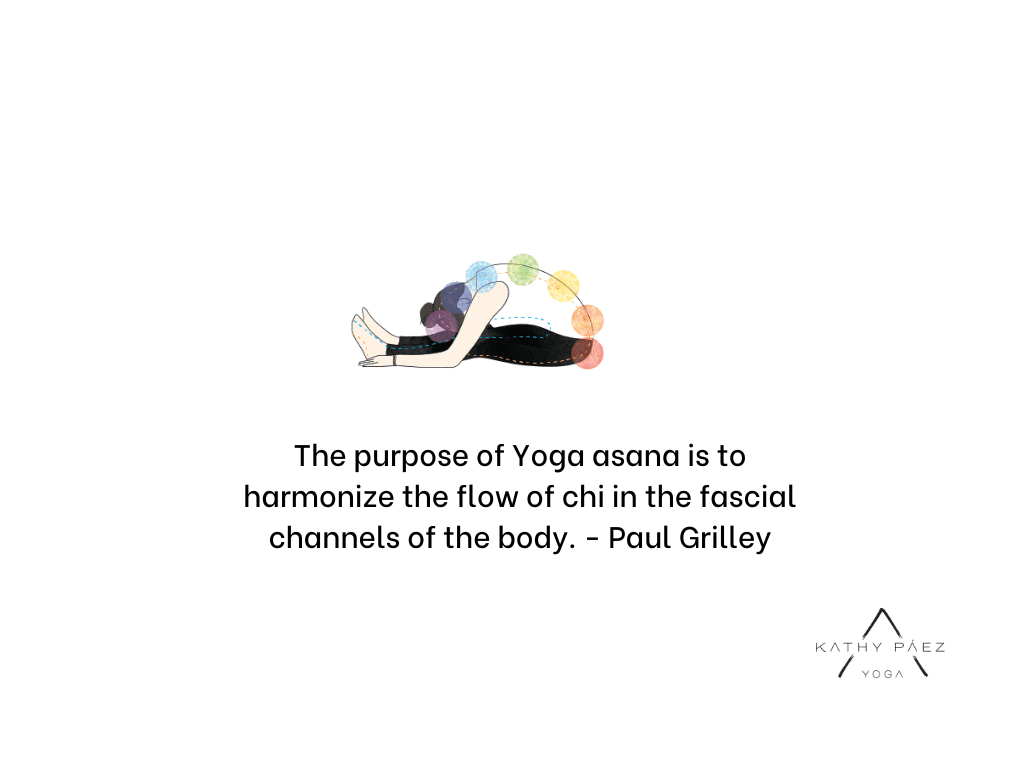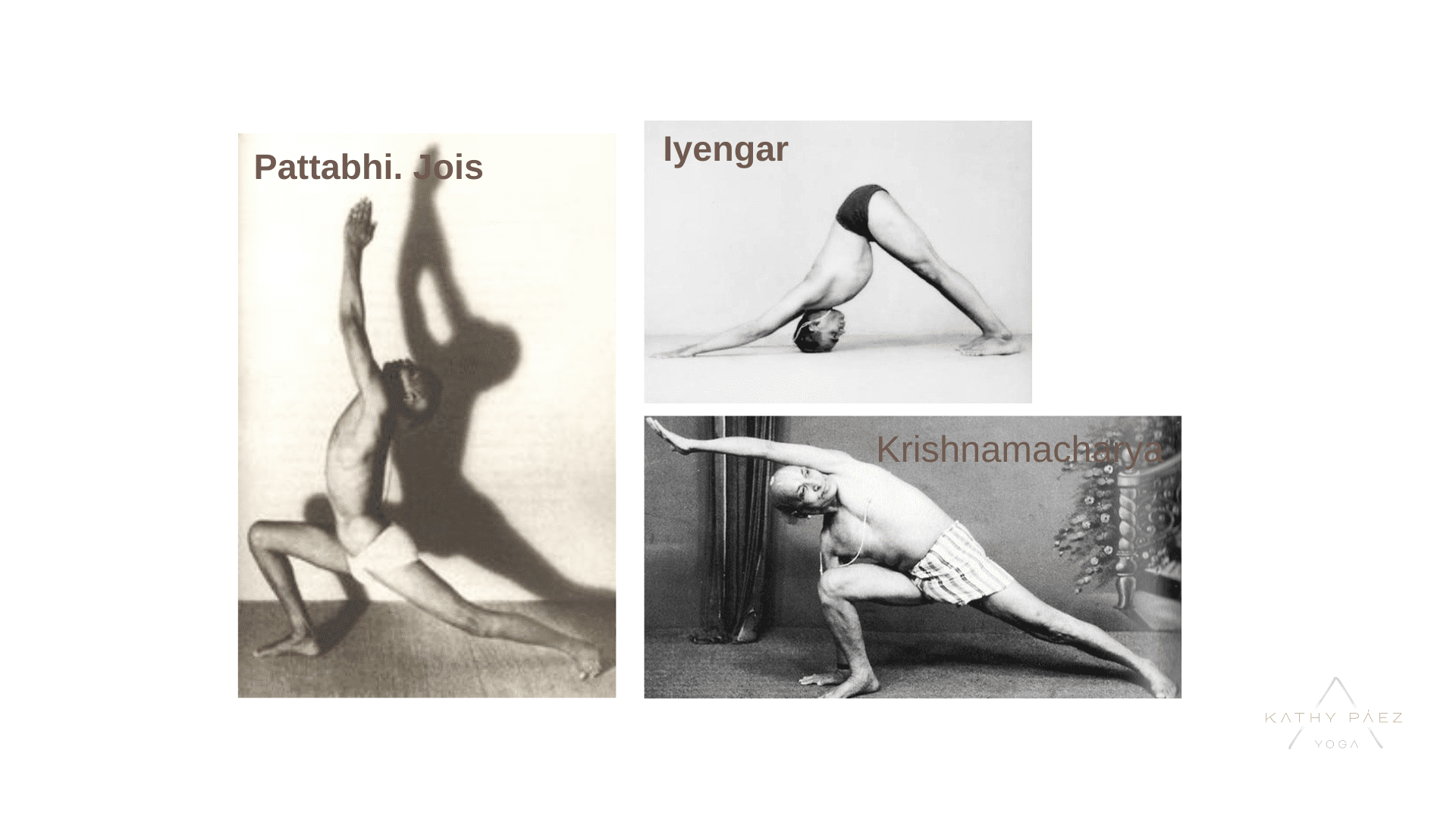Alignment in Yoga doesn’t rub me the wrong way, but it’s a very small narrative to a much bigger picture that is movement and as my Yoga teacher Paul Grilley says, “The purpose of Yoga asana is to harmonize the flow of chi in the fascial channels of the body.”
Most alignment rules are based on esthetics and hand of God claims about how if you don’t do them, you will get injured but they can often require ranges of motion that some people don’t have in their skeletal abilities and are not always on point when considering biomechanics, how the body moves. No one ever said Yoga poses had to be pretty or glorious in the ancient Yogic texts. We could go further back into why and when historically Yoga became so posture based, but this entry is about when alignment rules in yoga were popularized and more particularly in the USA.
Yoga alignment rules were not written on old palm leaves but more like in modern day text written for Yoga teacher trainings. Certain Yoga styles influencing this more than others. The ones most of us received were in our 200h or 300h Teacher Trainings and as stated in the forward Paul Grilley wrote for Bernie Clarks book Your Body Your Yoga; “before YTTs, yoga teachers in the west were trained by showing up to class regularly and at some point, being asked to substitute a class. There were no formal trainings.”
Yoga studios started popping up in Los Angeles and San Francisco in the 1980s and early 1990s. Yoga might not be what it is today in popularity and style dynamic if it wasn’t for the Ashtanga/Vinyasa Yoga of Pattabhi Jois. This hot and sweaty style felt more like aerobics for most people. The gentle hippie yoga some reference to as classical yoga nowadays, was nearly forgotten.
YTT programs in the USA soon came out to meet the demands for Yoga teachers. I also personally believe Yoga studios found themselves with a need to meet economical demands difficult to reach with only regular classes.
Iyengar was also a style in boom that prided themselves on having exact rules of alignment and the manual first used by Yoga Works in Los Angeles was written by Iyengar and other alignment based practitioners. Yoga Works is still one of the most successful YTT programs around.
To produce a 200-hour Teacher Training the education must be systematized and students need clear directions. Often directions are preferred over information because it simplifies the delivery of said task, like the one to teach Yoga. Let me repeat that I have nothing against alignment cues, they help deliver a message and build awareness in the body but what can and should be further looked at past all these modern-day rigid alignment-based practices is,
This also happens in the fitness industry, so it should be no different in the Yoga realm, but not all alignment cues will apply to all bodies. Be open to learning different ways and if you teach an alignment based Yoga class it’s ok and stay on your path if that feels aligned, no pun intended, with you.
Let’s of course have a peaceful discussion on this in the comments below.





